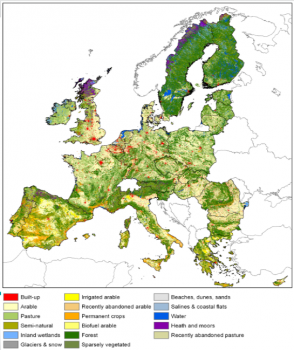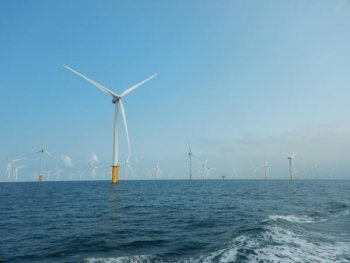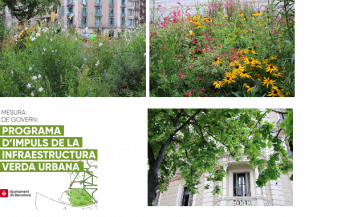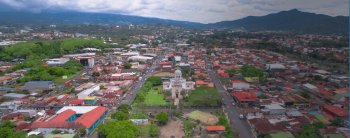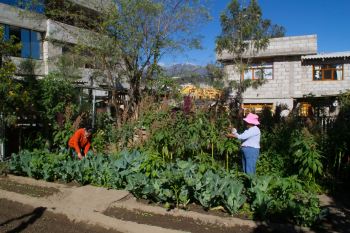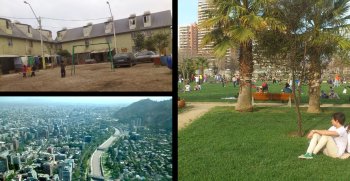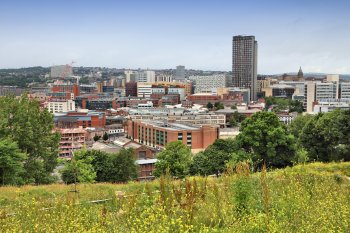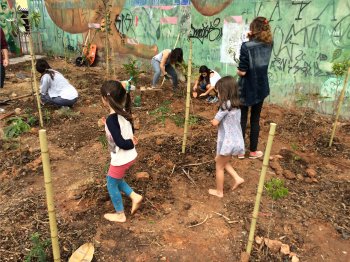Pan European Policy: Conflicts and synergies across Europe
Evaluating how recent and forthcoming EU policy developments affect the levels of ecosystem services (ES) and natural capital (NC) in Europe. Many of Europe's natural habitats and species are in decline. While the EU has a number of policies in place to safeguard habitats and species, losses are ongoing for many habitats, species and associated ecosystem services.

